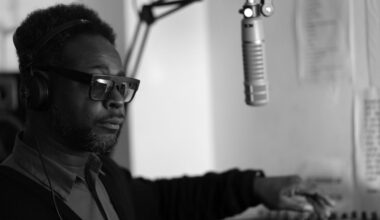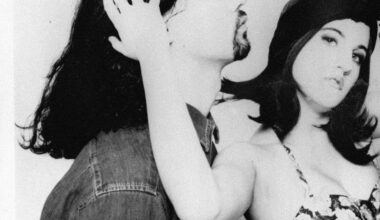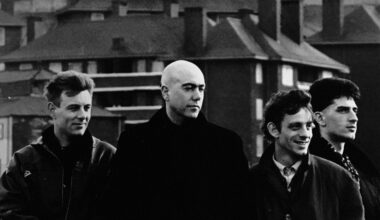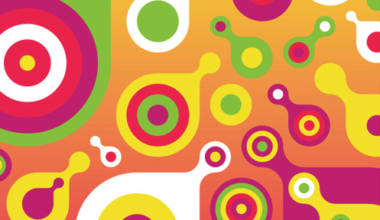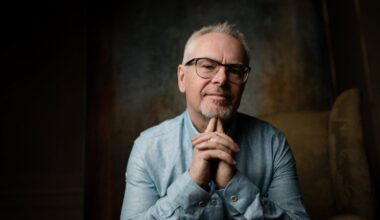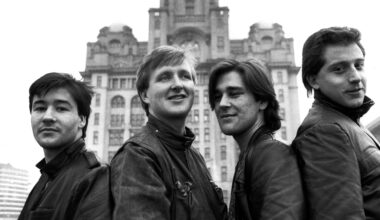Salman Gita reveals the tale behind Loop Guru’s 1994 indie chart smasheroo ‘Sussan’
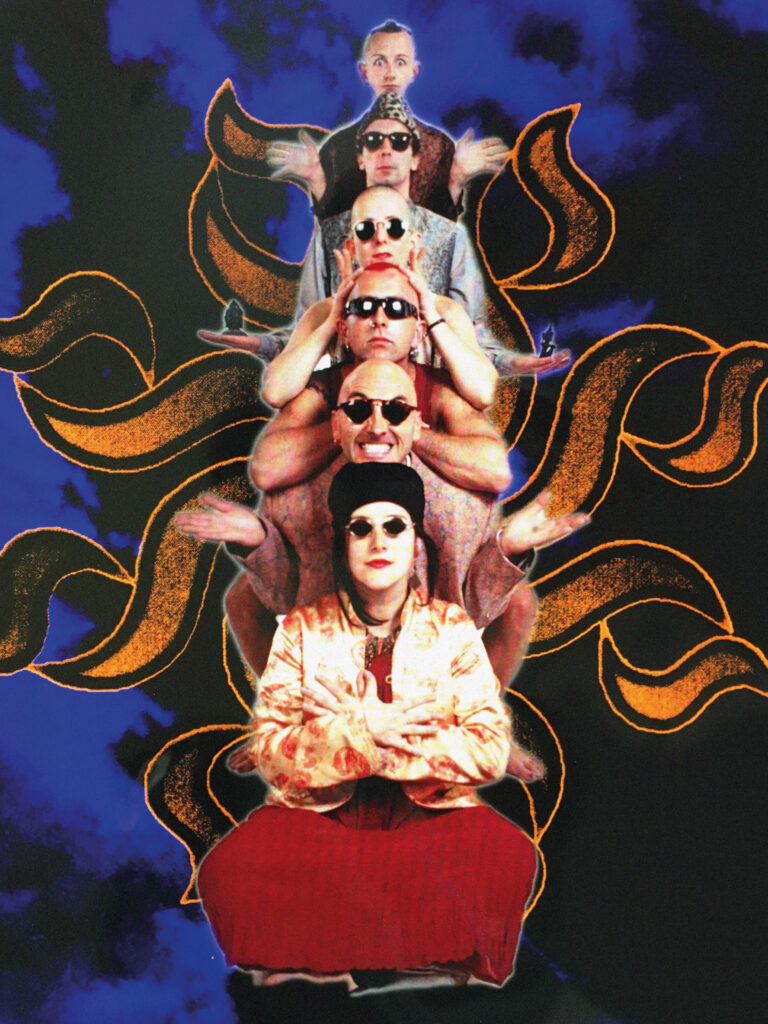
“A lot of people associate us with the 1990s ethnic electronica scene, with artists like Transglobal Underground and Asian Dub Foundation, but the very first Loop Guru release was actually back in 1981. It was a cassette which I put out through Rough Trade. I was in a post-punk band called The Transmitters at the time, but I was recording a lot of tape loop stuff, some of it as Loop Guru and some of it as No Odd Mass, which is an anagram of my real name [Sam Dodson]. I then started working with Jamuud [David Muddyman], who was the other half of the Loop Guru writing and production partnership, in 1985. He was also in The Transmitters for a while.
“We did a lot of experimenting with tapes and samples in the early days. We were into the Brian Eno and Robert Fripp style of looping, but we liked to get a bit nuttier too. A bit more punk, I suppose. We did things like stretching tapes around broom handles and lining up 10 or 12 tape machines at a time. We used to borrow reel-to-reels and cassette recorders from everybody we knew. We started working more and more with samples and beats too. I’d always loved Indian music and Jamuud was into Balinese and African stuff, so we used to sample a lot of unknown world music records, using little elements to try to make us sound different to whatever else was out there.
“Jamuud and I worked in isolation for quite a long time, until we got signed to Nation Records in 1992. It was at this point that we started playing live shows and Loop Guru became more of a collective idea, with various singers and other musicians coming in. People like Mad Jym, who played something called The Percussion Monster, a huge contraption made out of anything metal he could get his hands on. And Mad Jym really was mad. I once saw him shin up to the top of the radar mast on a ferry across the North Sea. At night. In a gale.
Mind you, we had lots of wonderfully strange people pass through Loop Guru. We had a singer called Zahrema for a while and she liked to hang upside down in the dressing room before gigs.
“‘Sussan’ came out in 1994 and was our most successful single. The starting point for the track was a cassette given to us by Nation boss Aki Nawaz. He’d been sent this tape by Sussan Deyhim, who was a singer based in New York. Aki said, ’It’s quite unusual and I don’t know what to do with it’. We said, ‘Unusual is good’. It was good as well. Sussan was Iranian and had been living in exile in America for several years. She had this incredible voice, it was real vocal pyrotechnics, and it was easy to sample from this tape because there was very little musical backing to it. We spent a day or so building a track around some samples, took it to the studio a few weeks later, and came out with about 25 mixes. We released four mixes on a 12-inch and six more on a CD.
“We’d been in touch with Sussan Deyhim throughout this process and she loved the mixes. By the time ’Sussan’ came out, we’d been booked for that year’s Glastonbury and Aki flew Sussan over to the UK so she could perform with us at the festival. We were recording our ‘Duniya’ album at that point too, so she came to the studio and ended up doing a few things with us, including a new version of ’Sussan’ which went on the album as ’Sussan 11’. We ran the track, she sang on top of it, and that was it. She wanted to do more takes, but we wouldn’t let her. We had this thing about doing things quickly and then moving on. It was about catching that moment where you’re not really sure what’s going on. It’s when you try to perfect something that it gets boring and ends up going wrong.
“Sussan played two gigs with us in London while she was here, something on Clapham Common and a Camden Palace show, but for some reason she didn’t turn up for Glastonbury. I can’t remember why. I think she’d worked out that we were a bit, er, unpredictable. It was a shame because we were doing two sets, one on the Jazz World stage and then the midnight slot in the dance tent on the Saturday. We’d written three new songs for Sussan for Glastonbury, so I asked our main singer, the lovely Nidahl Bulbul, to do them instead. I gave her the rough demos about an hour before we did the first set and asked her to come up with something for all three of them. Poor girl. We were always doing things like that to her.
“We did play one more gig with Sussan, though. After ‘Duniya’ came out, she got us a show at the Thread Waxing Space in New York. We couldn’t afford hotel rooms, so we stayed at the venue and slept on the stage. John Cale from The Velvet Underground was rehearsing for some spoken word shows there at the time and he’d wake us up every day. You’d suddenly hear ‘Good morning boys!’, in this thick Welsh accent. We weren’t able to take The Percussion Monster with us, so Mad Jym and I spent a couple of days scouring the streets of New York for bits of old metal. We ended up with half an old car on stage. We also found a metallic hip joint, which Jym brought back home with him. He loved that thing. It was one of his most prized possessions for years. It probably still is.”
